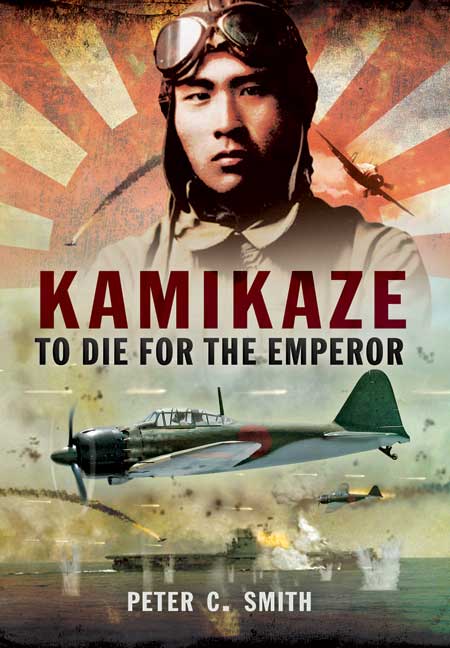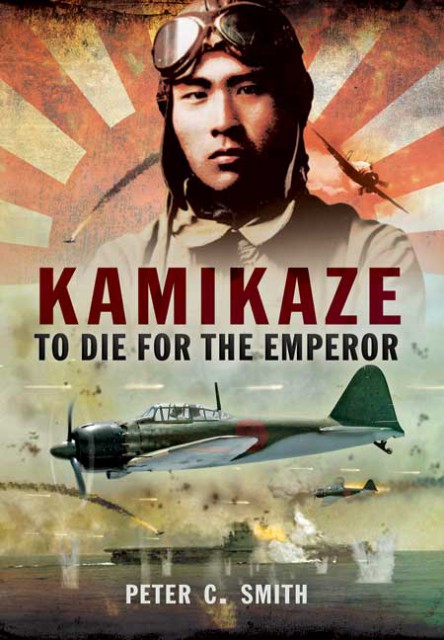My daughter is studying sociology at university and it so happens that the three- year course includes a term on Japanese society during the 20th century. This intrigued my daughter, because although she had no strongly developed preconceptions about Japan, she was aware of many aspects of World War II and chose the course, in part, because she thought it would be cool to have a deeper understanding of the culture that led to Hiroshima.
There was an old sitcom on British TV where the character of a domineering mother could be found calling the Japanese a cruel race. Events from China to the jungles of New Guinea have a habit of baring this out. As a family we visited some of the Commonwealth war cemeteries in Hong Kong and reading about the things that happened there allied to standing over the graves of infants while knowing that many of the soldiers buried there had died terrible deaths in captivity it is very difficult arguing with the reasons for using the atomic bomb in 1945.
When I was a young kid in the 1960s I collected Topps Battle picture cards that set in stone the stereotypical image of the Japanese just twenty years or so after events when things were still very raw in the minds of many. The classic war comics of the period only served to enforce a one-dimensional appreciation and it was if the little yellow monkey imagery that echoed the misplaced racial superiority of pre-war British colonialists had gone full circle.
Nothing seems to illustrate better the warped thinking of the Japanese leadership than the Kamikaze. Everyone has seen images of their actions and decades long preconditioning would not allow us to see their tactics as achievements but this fascinating and often quite intense book by Peter C Smith goes some way to changing this.
The author makes the effort to cut through stereotyping to explain what the Japanese werethinking and offers some quite startling examples of how young men from across the social and religious spectrum of Japanese society became willing to die as human guided bombs. There was an element of spontaneity in the development of the Kamikaze when admirals responded to the thinking and actions of junior officers.
It will come as no surprise that what were trumpeted as the selfless acts of many saw others following a similar path as a result of peer pressure or blatant coercion. I’m still not sure where I stand on this. There is an inevitable desperation to the entire policy of suicide attacks but we have to add a sense of pragmatism but not realism to this.The Japanese realised that a single guided weapon, an aeroplane usuallyarmed with bombs, was capable of inflicting much more damage than the conventional attacks draining the best of Japan’s aviators in often futile assaults.
Living in our age of indoctrinated suicide attackers we have all the evidence we need that having the will and the means can prove devastating. The author makes brief reference to this point because a more in depth commentary on it really is superfluous in 2015.
The greater part of the book is taken up with a calendar of events detailing attacks by the Tokubetsu Kogekitai – the Special Attack Corps – who have become wedded to the name Kamikaze in western minds although there were others in use by the Japanese. This series of episodes forms the meat and drink of the book as we learn about the immense bravery of American, Australian and British sailors in the face of a terrifying onslaught. Mr Smith really knows how to tell a gripping story with an almost detached matter of fact approach and the effect of this is to make each episode as chilling as it is enthralling.
We also get to see how the Kamikaze impacted on Allied thinking in terms of tactics and the use of technology to defend their fleets. Officers of both the US and Royal Navies were sometimes at odds with themselves over how best to act against the suicide attacks but the drive for technological improvements through radar, anti-aircraft armaments and shell fuses really made a difference. The author wastes little effort in getting drawn down the cul-de-sac of armoured decks on carriers benefitting the British. Accounts show that while they made a difference the battered carriers of the British Pacific Fleet had suffered deep injuries that were often identified years later.
While the harrowing experience of HMAS Australia punctuates this story it is the US Navy that bore the brunt of the Kamikaze and I was amazed at the range and numbers of ships that were lost or suffered grievous damage as a result of suicide attacks. The US carrier fleet may be an obvious focal point, but it is the men of the destroyer picket I have really come to admire. The job they did was stressful in the extreme.
This book wins because it takes so many of these attacks and presents them in a way where the modern reader can appreciate the psychological impact the attacks had not just for the victims themselves but right into the Oval Office. Then as now, the actions of a committed individual could have impact way beyond the scene itself.
For the American reader the book offers a look at the US Navy at its best in World War II, far away from the classic victories at Midway and the Coral Sea
to where the grinding day on day nightmare of suicide attacks are played out. Nothing was safe and even hospital ships were targeted. The author gives us some idea of how it came to be so and this, along with other stories does a little to balance out any simplistic notion of Japanese barbarity.
We are left with stark realisation that the men of 1945 fully understood guided weapons were the great next step in warfare. While the Japanese chose the most reliable method available – a man – the western powers needed little convincing that advances in technology would change the game. A Zekein the summer of 1945 was only one step removed from the Exocet missiles the Argentinians launched against British ships in in 1982 often with equally catastrophic results.
If there is a tragedy for the men of the Special Attack Corps beyond their sacrifice it is the knowledge that the criminal delusions of their leaders did nothing but highlight the abject futility of the Kamikaze in the bitter end. In the face of many horrors and possessing a wholly different mindset the US Navy would never have buckled to the worst of Japanese ‘pragmatism’ despite all the losses in lives and shipping.
This book is ultimately a testament to our human spirit. On the one hand we have men prepared to give their lives in the most extreme of circumstances while on the other we have men who somehow carried on in the face of the unthinkable and defeated it. Perhaps at this point in time we can find room to admire a bit of both, but history is written by the victors and even seventy years on from the Kamikaze the stereotyping and sometimes bitter recriminations are as strong as ever.
I am frequently offered accounts of British prisoners of war from the Far East and I cannot read them because I find they are so harrowing I usually become angry and confused. Mr Smith has found something to counter these feelings with this superb book. But while my impressions of those events cannot change,away from the POW camps I have something of a begrudging admiration for the Tokkou – the Kamikaze. They were not cowards and they were effective. The difficulty is accepting their actions after a lifetime of conditioning that such actions are utterly alien to everything in my world. Sadly we have seen that people are still prepared to die for a cause, as my well used 9/11 Memorial coffee mug proves.
Reviewed by Mark Barnes for War History Online.
KAMIKAZE
To Die For the Emperor
By Peter C Smith
Pen & Sword Aviation
ISBN: 978 1 78159 313 4

